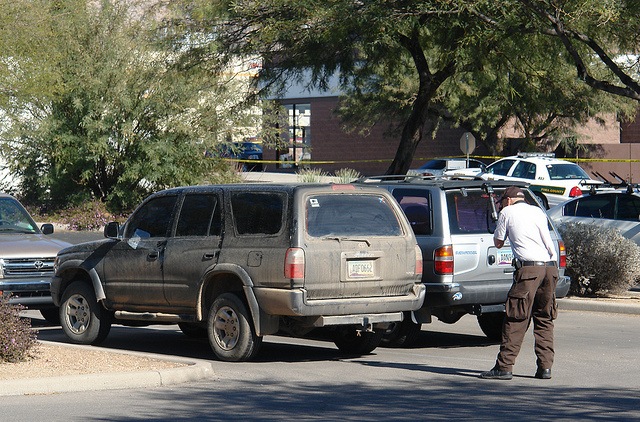READ: Searching for Evidence
Assessing the Scene
Once the crime scene has been secured the next step is to walk through the scene to get an idea of the conditions and considerations within the scene. This step is usually completed by the lead investigator. The investigator will go through the scene and document evidence. As they go through the scene they will place evidence markers next to each piece of evidence they find. Evidence markers are usually yellow or orange signs or cones with numbers or letters on them. The number or letter of each piece of evidence will be recorded. They will also document evidence using photos, videos and drawings.

The investigator will want to make note of conditions in the scene such as the temperature, if windows or doors are open, if things appear to be broken or disturbed, if there are certain smells present in the scene. It is also good to look for things such as food, appliances turned off or on, or other clues as to what the victim may have been doing. Some of these types of clues could be a faucet running or the TV turned on.

Some of these initial conditions may change quickly so it is also important for the responding officer to note anything present at the scene that may change. These could be things such as smells, temperature, vehicles present, or vehicles with hot engines. The investigator will need to know any of these observations that the initial officer noted.
The investigator will also want to determine whether the scene is a primary or secondary scene. A primary scene is where the actual crime originally took place. A secondary scene is a scene that became involved after the initial crime took place. A good example of this is a body being transported. The primary scene would be wherever the initial crime took place and the vehicle would be considered a secondary scene. Sometimes even if a body is present you may be looking at a secondary scene if the body was transported from where the actual crime took place.
